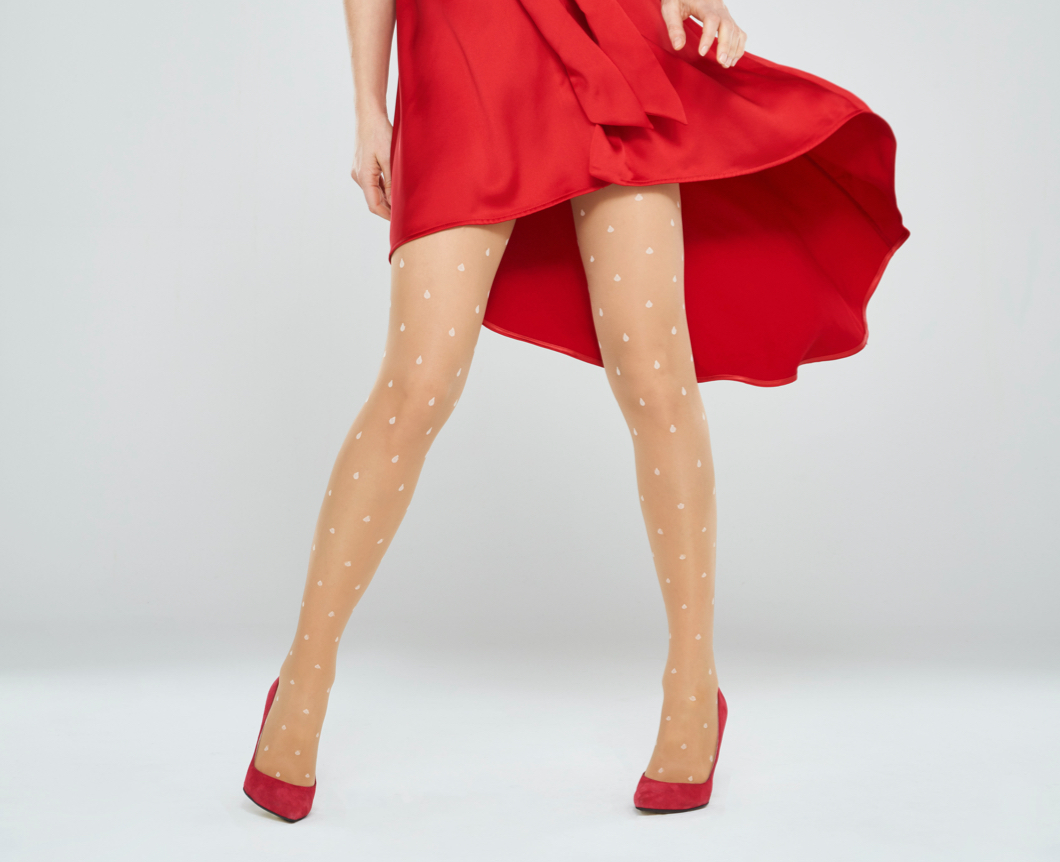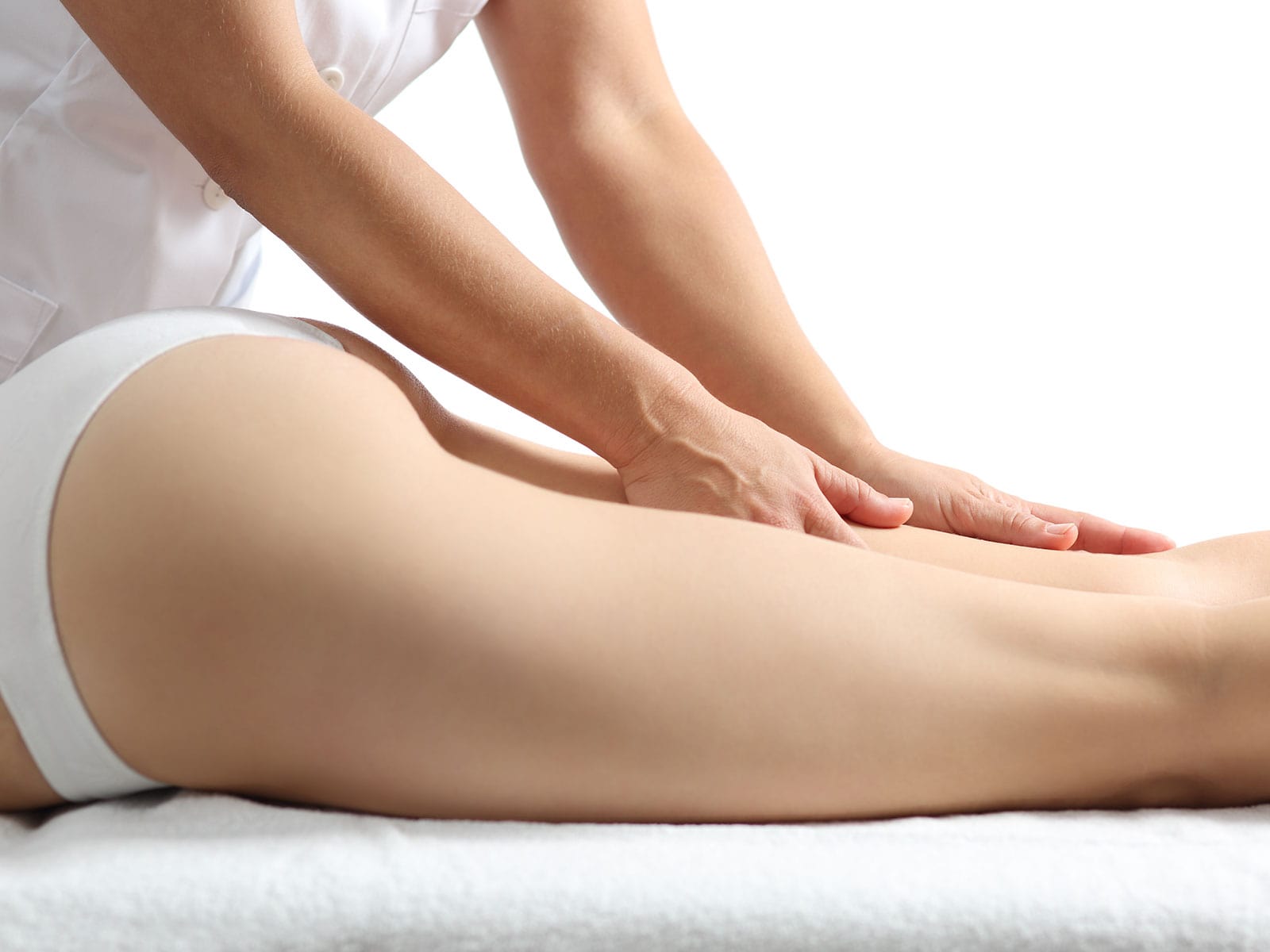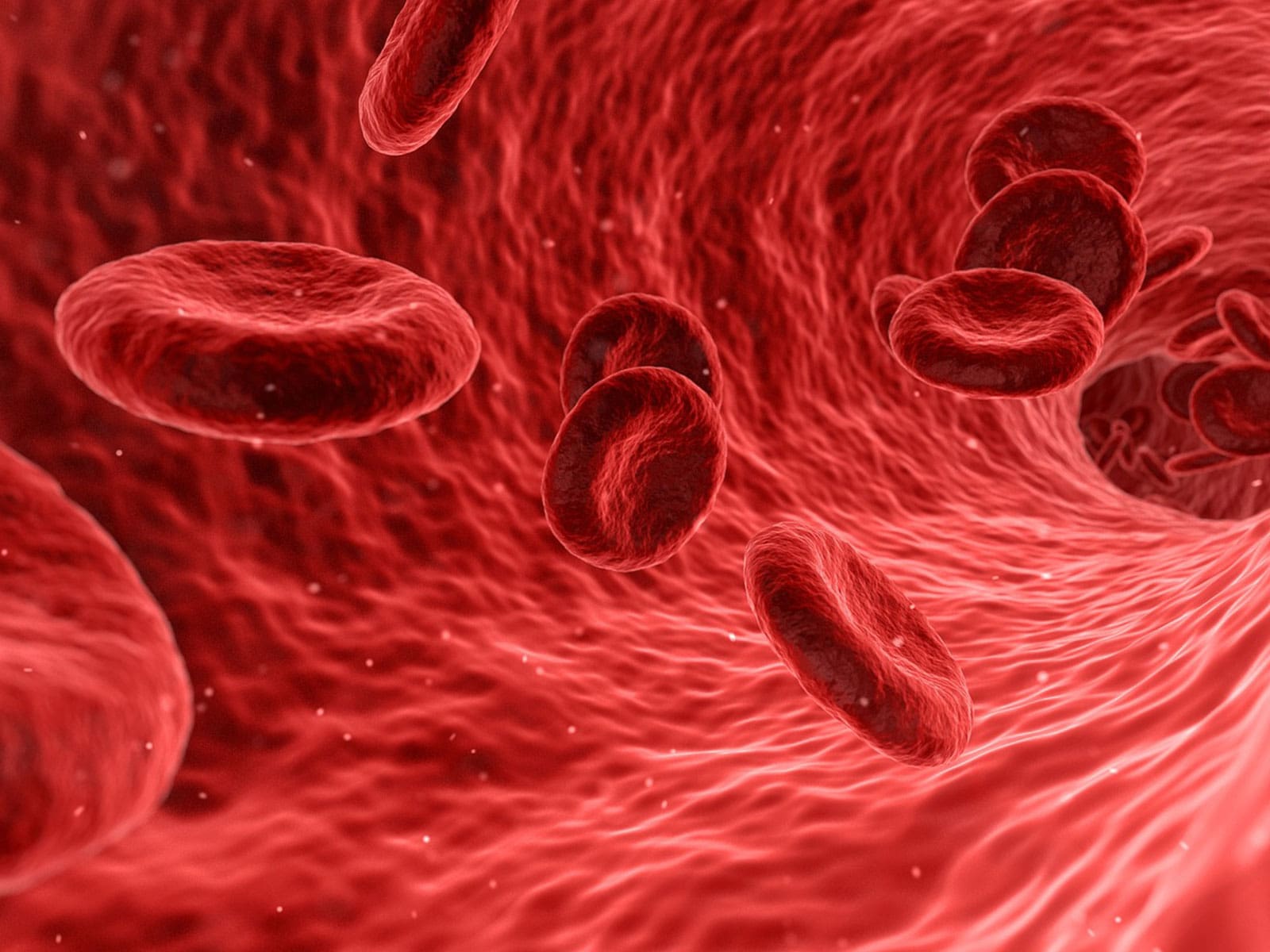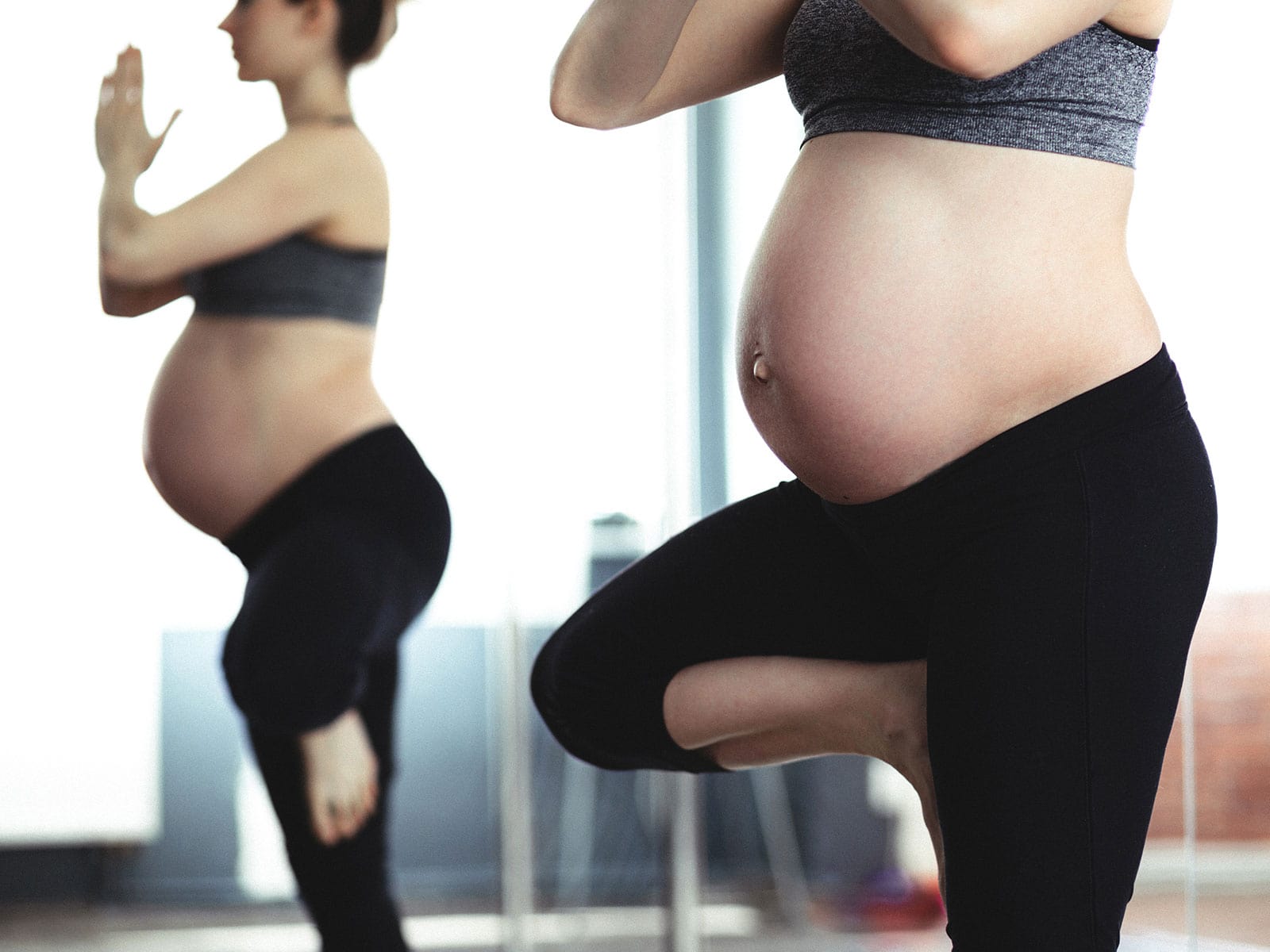The elastic compression is the most ancient treatment for varicose and lymphatic disorders and their complications. It is based on applying bandages to the limbs, effective in controlling swelling of the legs. Today, these bandages have been, in part, replaced by elastic stockings and supports that compress the superficial veins and microcirculation pushes the blood from the superficial veins into the deep venous axis which works normally. This can be explained more simply by saying that elastic compression generates a real "pump effect".
Elastic compression, or graduated compression, is the force exerted by the tights or the support to compress the limb, decreasing upwards facilitating the pump effect and helping blood and lymph circulation. Compression is measured at predetermined points and is expressed in millimeters of mercury (mmHg). The highest compression value is at the ankle, called point B in medical language. The millimeters of mercury of compression indicated on the stocking and support packages are measured at point B.
Deniers
The deniers indicate the size (diameter) of the yarn used to weave the stockings and tights. The lower the denier the more the tights are light and sheer. The higher the denier the more compact, strong and resistant is the fabric, making the tights less sheer.
SOLIDEA has revolutionized this denier-transparency relationship: Ongoing research and studies, development of innovative projects, use of cutting-edge technologies and new combinations of yarns have led to unequalled softness and transparency even with very high deniers. This is why women worldwide entrust their legs and body to SOLIDEA because they have not to give up style and elegance to pursue their well-being.
Classification of compression levels
Preventive and therapeutic stockings, tights and supports are classified, regarding compression, in compliance with Experimental European Standard UNI ENV 12718. This standard replaces the tables of EC member countries which assigned different pressure values.
CLASS A - prevention (10-14 mmHg)
- predisposed persons
- swollen legs
- telangiectasias
- mild edema
CLASS I light (L15-17 mmHg)
- varicose veins
- acrocyanosis
- post-sclerotherapy of telangiectasias.
CLASS I strong (H 18-21 mmHg)
- truncal varicose veins
- varicose veins with substantial edema
- post-varicectomy
- post-sclerotherapy
- arthrosis of the foot and knee.
CLASS II (23-32 mmHg)
- post-thrombotic syndrome
- during treatment of ulcers
- post-trauma treatment
- angiodysplasias
- deep venous thrombosis
- deep venous insufficiency
- reversible lymphedema
- lipoedema.
CLASS III (34-46 mmHg)
- severe edema
- chronic hypodermitis
- irreversible lymphedema.
CLASS IV (>49 mmHg)
- for all the pathologies already listed and present in their most severe form.







